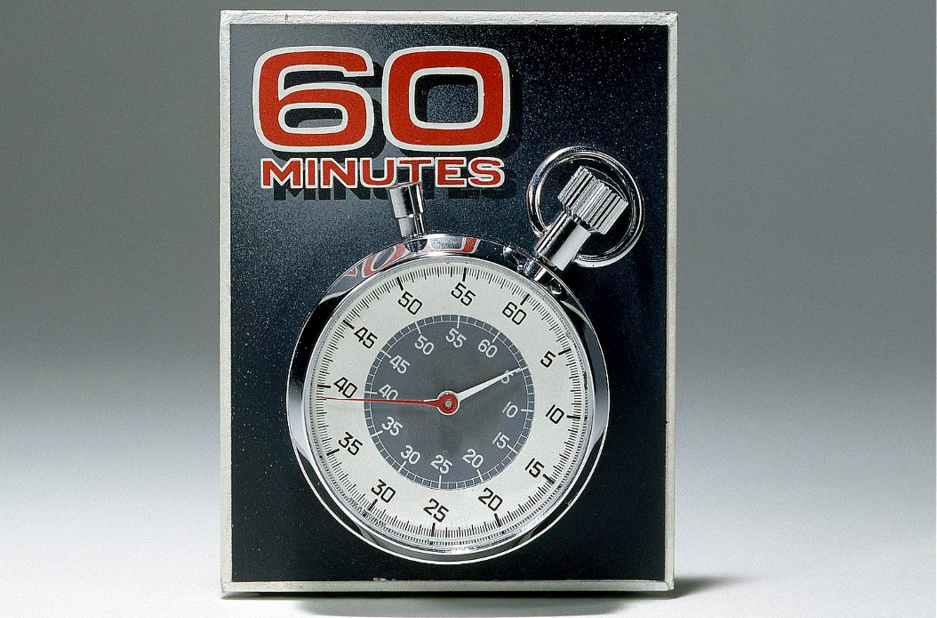
If they build it, will the young viewers come?
2018 is likely to finally be the year that more Americans get news online than from TV (we were almost there last year). Right now, it’s primarily an older crowd that watches TV news: 58 percent of those over 65 often get news from cable, for instance, versus just 10 percent of those 18 to 29, according to Pew.
But — young people have to get their hard news video somewhere, right? (Uh…right?) Enter Facebook and Netflix. Twin reports yesterday: Facebook is launching a hard news section on its Watch portal (as Campbell Brown had previously suggested at Recode’s Code Media conference). Axios’s Sara Fischer reported that “Facebook is in touch with both legacy and digital-first news publishers to test a daily video feature that would run for at least a year,” and content would need to be at least three minutes long.Netflix, meanwhile, seems to be thinking something much longer than three minutes: It’s reportedly planning a “weekly news magazine show” to rival 60 Minutes and 20/20. “Netflix has spotted a hole in the market for a current affairs TV show encompassing both sides of the political divide and [is] seeking to fill it,” an unidentified source told MarketWatch.
The success of The New York Times’ The Daily with young audiences seems like a positive sign for a Netflix news show: The Times announced in October that two-thirds of The Daily’s listeners are under 40 and more than a third are 30 or younger. Meanwhile, even back in 2012, more than half of 60 Minutes’ audience was 55 or older. And Netflix has already found success as a platform for documentaries; perhaps it could optimize some of its news output to have a longer life on the service.
The potential for Facebook seems less clear. For one thing, Facebook and its video experiments garner approximately zero goodwill among publishers these days.
I don't get you, Facebook. It has annoyed news outlets by fanning then ignoring multiple news video projects, and now it's trying again at a trough in publishers' trust in the platform? https://t.co/sCbKCLgQzE
— Shira Ovide (@ShiraOvide) March 13, 2018
Facebook is "trying to create more meaningful engagement on its platform" by launching a new video silo that doesn't have monetization capacity or metrics to measure its success. OK. https://t.co/HAk2TymInr
— Margarita Noriega (@margarita) March 13, 2018
Brown had said at Code Media that “hard-news video is really hard to monetize, it just is.” It’s also not really what people come to Facebook to watch.